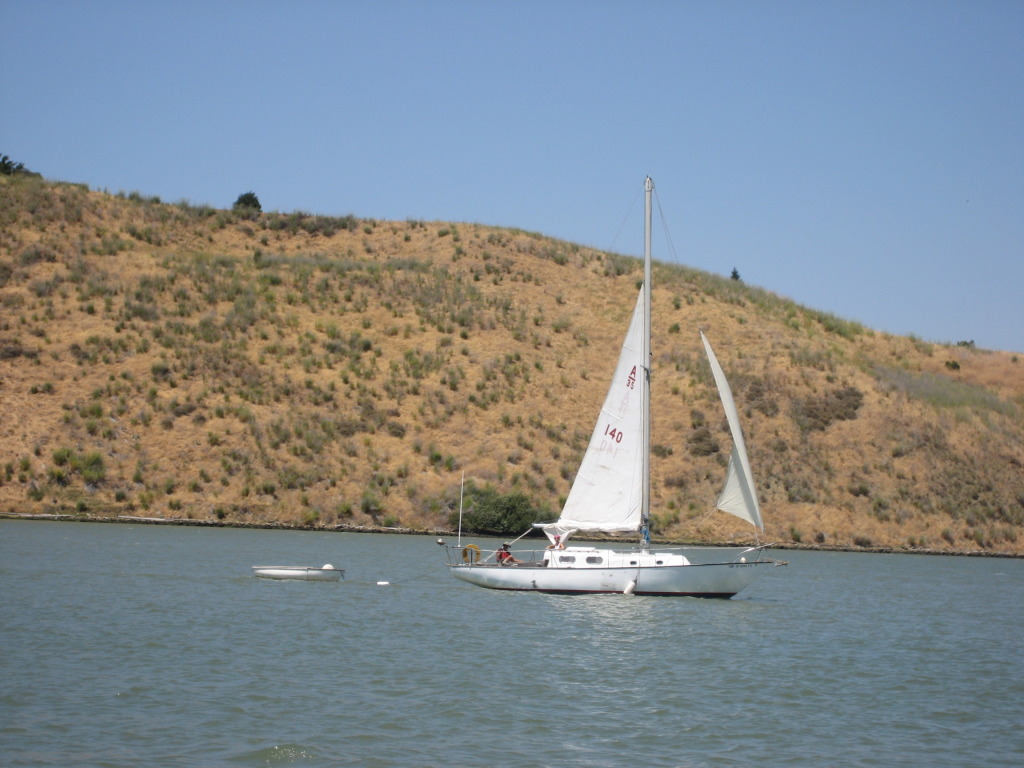Marin, do you carry/wear parachutes when you fly?
Only when I fly an aerobatic plane. There have been times when we've filmed on a very early flight of a new Boeing model and while we did not wear parachutes there was one for each of us on board. And when we fly in a chase plane (T-33 or T-38) we have to wear one.
My outings so far have been day trips and over-a-night
Well, I suppose an emergency on that lake you guys cruise on down there won't amount to much and like FlyWright said you're never more than 1/2 mile from shore. I suppose one might be able to swim that far but as I recall the water in the Bay is pretty cold. So you might want to read up a bit on hypothermia and what it can do to your ability to function before you decide that swimming is your ticket to safety.
But I guess in the ditches between the dykes--- sorry, dikes--- you can just wade to shore if something happens that requires you to leave the boat.
And maybe the water in the bay's not all that cold. In Puget Sound the water is typically 42-45 degrees Fahrenheit. with it being colder in areas of high water exchange like the San Juans and warmer in areas with low water exchange like parts of Hood Canal. 42-45 degrees doesn't sound all that cold but in the hypothermia session that was part of our USCG Aux boating course we took years ago the department head from the UW School of Medicine who taught that week's class said the average person in a PFD might survive up to 2 hours but will be incapacitated in terms of swimming or other functions in about 20 minutes. And as a general rule, he said the older a person is the shorter those times will be.
Anyway, like the anchor that never drags until it does, you won't need any sort of dinghy or liferaft until you do. With the wall-to-wall boats on the water down there I suppose you won't end up in the water long enough to do any harm before someone comes to your rescue, assuming of course, that you don't get run over by your rescuers.

I like the idea of rowing the dinghy.
We did, too, until we found out what it's like to try to row against a 2 or higher knot current. At that point, we bought a motor.









